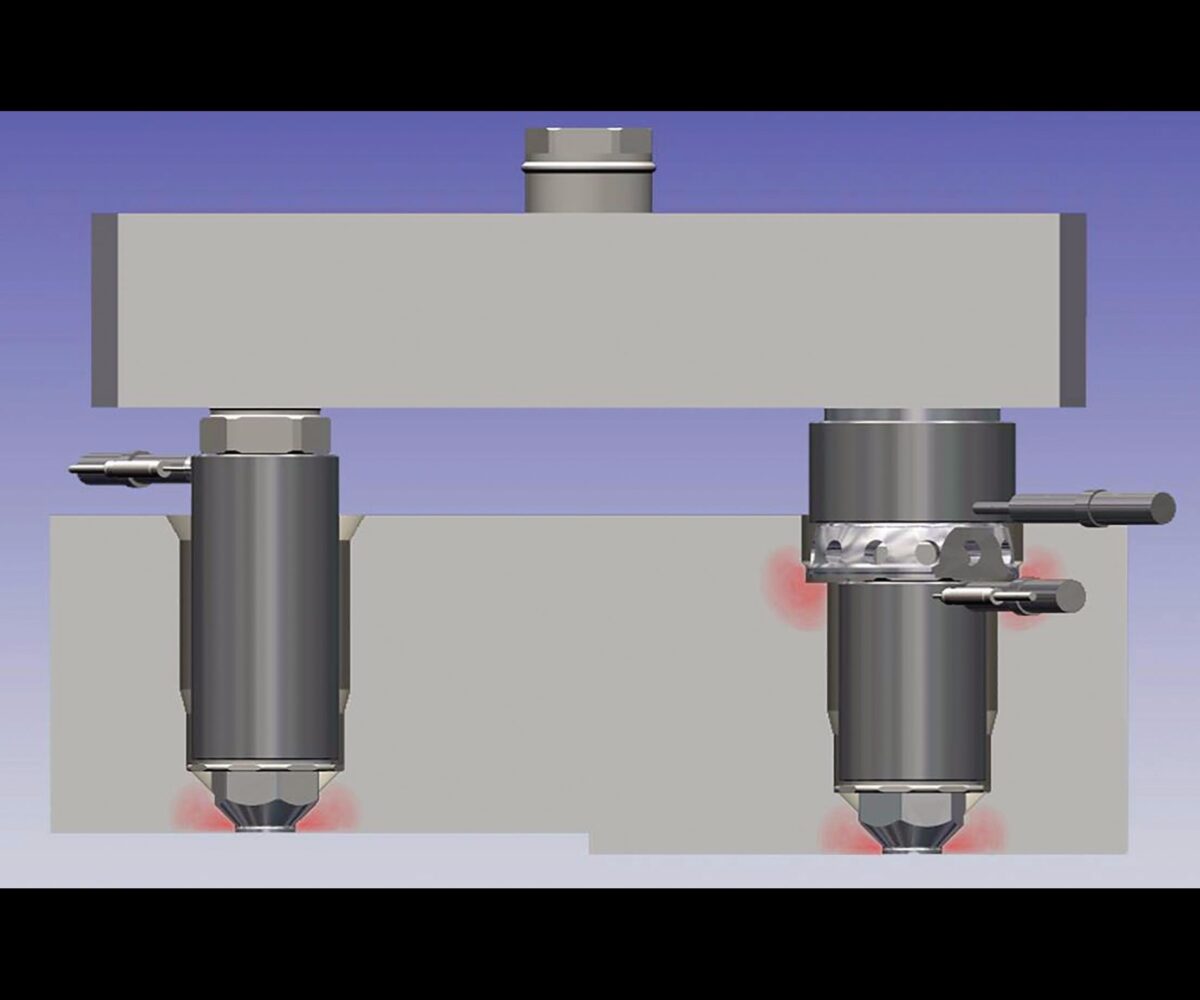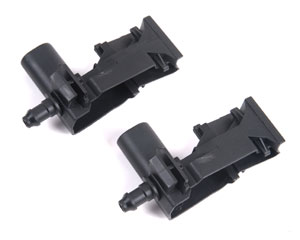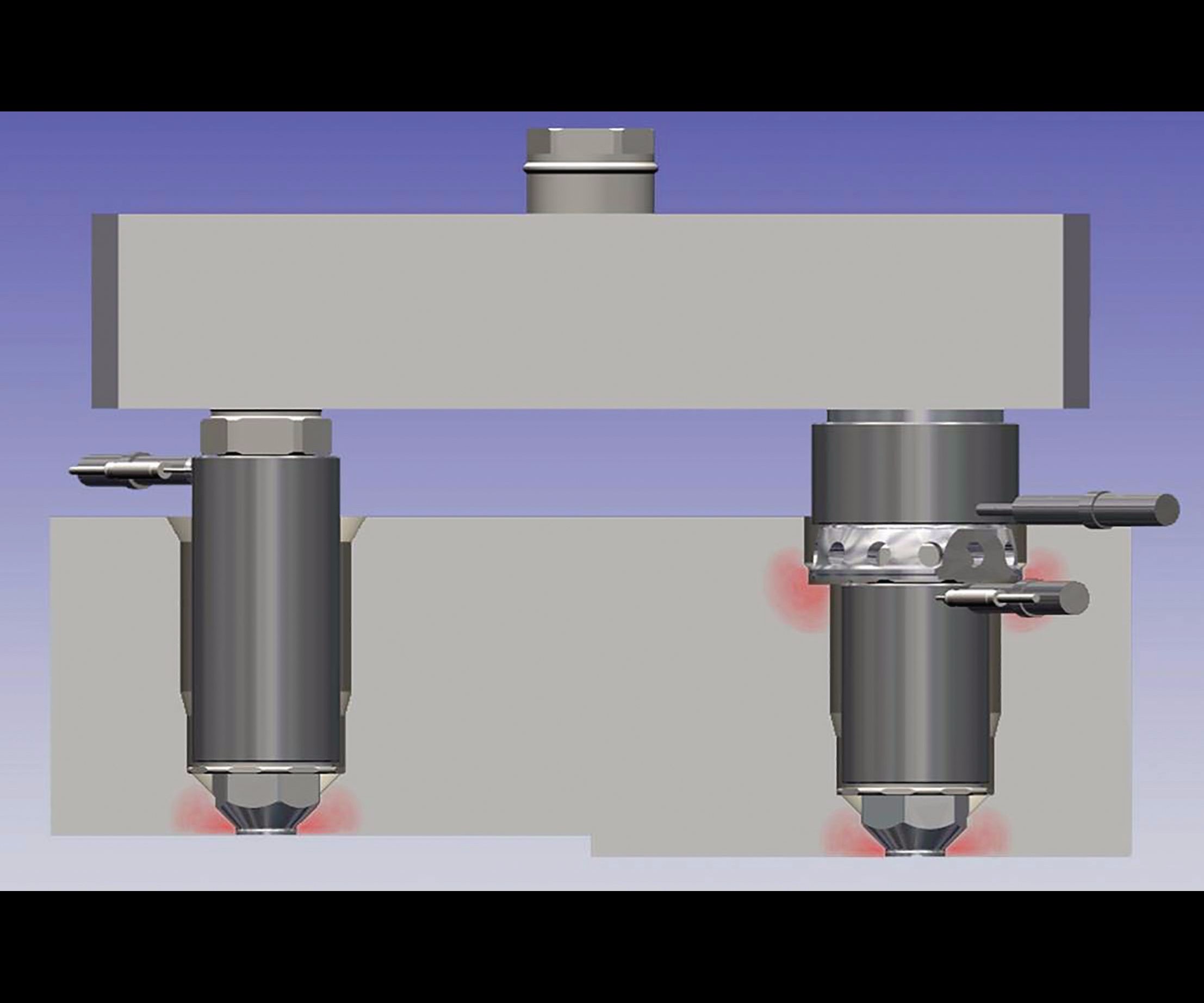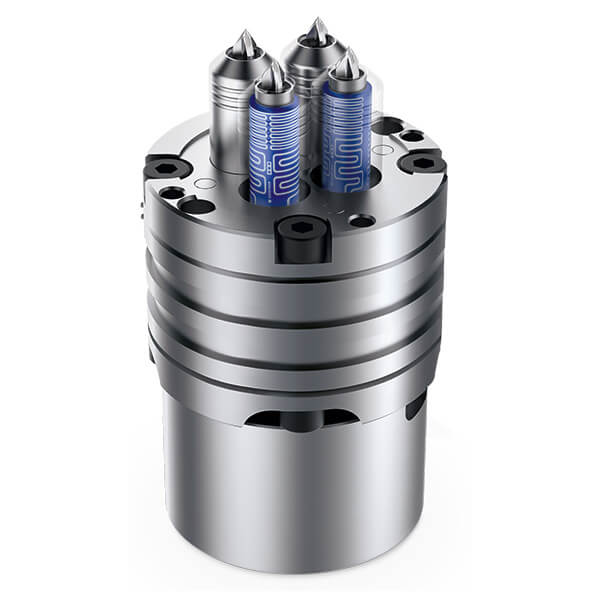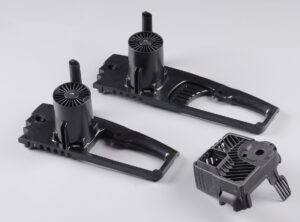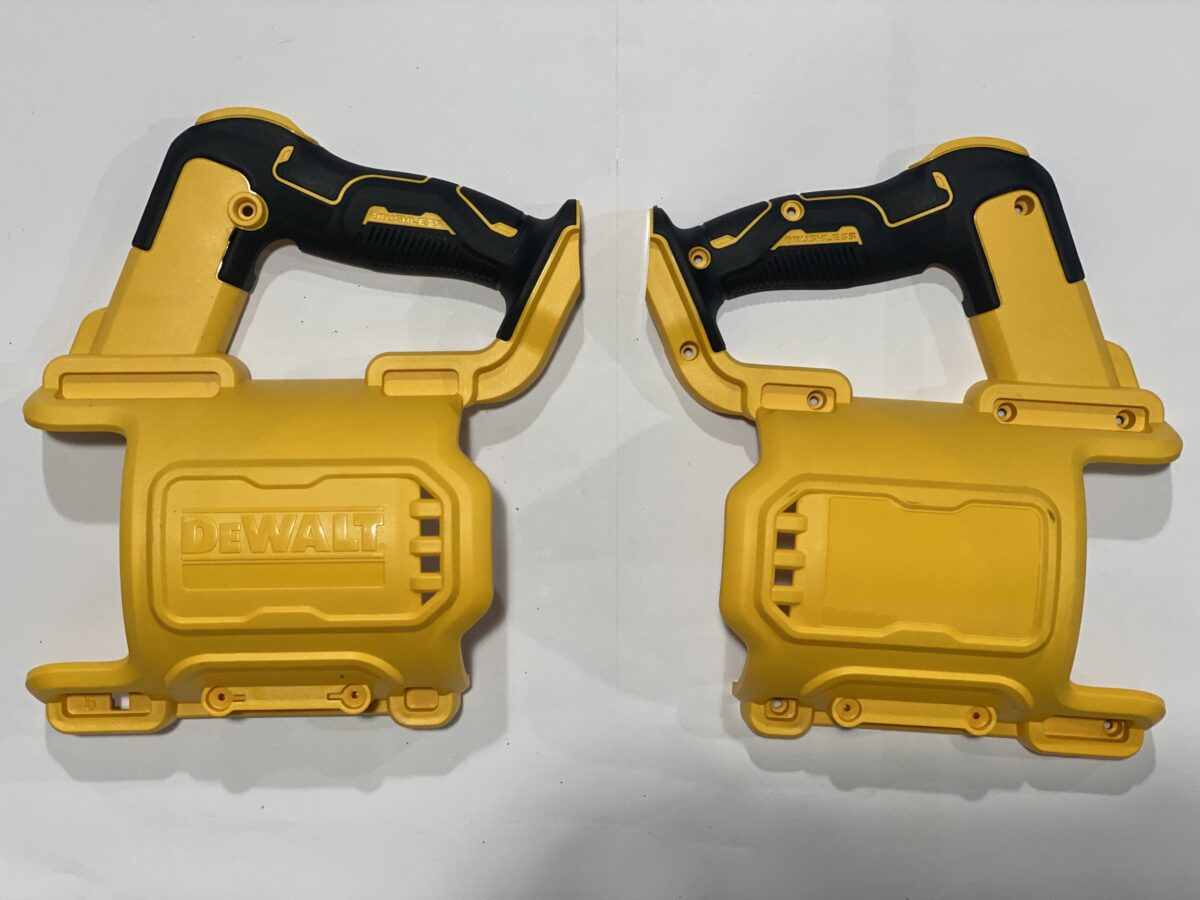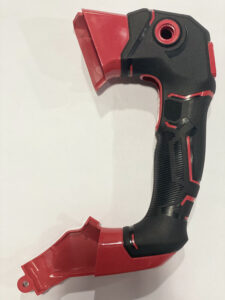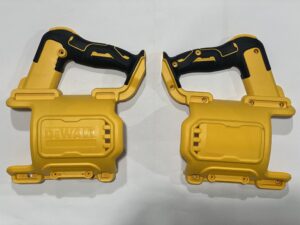Multi-Drop Hot Runner Injection Mold Against the Cold Runner
The Multi-drop hot runner injection mold and cold runner have transformed the injection molding era. Injection molding can date back to the early nineties however it has transformed drastically. Modern injection molding methods involve heavy machinery and refined resin. At one point, plastic was the prime raw ingredient for injection molding but not anymore. Molding has turned Nano and in tones as well. Plastic molding factories have the capability of drawing any mold you want.
Moreover, the 3D printing technology goes hand in hand with injection molding. For those clients who wish to create a personalized model, the 3D printer comes into action. The 3D printer creates a vivid image of how the end mold will look.
Plastic molded products have increased durability in the long run. Injection molding has become a hot favorite for its time efficiency and optimum coverage. The method has been subdivided into many categories.
Moreover, plastic injection molding saves costs. This additive form of manufacturing encourages less wastage. Instead of carving the desired product from the existing substrate, you can create the perfect one. Most molds have been created through 3D technology. Older molds can get discarded or even recycled. Hot and cold runner systems are two separate examples of injection molding. Both work well for specific products.
The Multi-drop hot runner injection Mold Technology for Accurate Results
As the name suggests the multi-drop hot runner injection mold works through a heated system. This system may work both externally and internally. The two-way system maintains a hot temperature in both the cylinder and molten thermoplastic. If the molten thermoplastic does not receive the appropriate temperature it may transform into smaller granules.
In injection molding, timing and temperatures hold vital importance. The machines work to the greatest extent however external administration is required. An interesting fact regarding the multi-drop hot runner mold includes that only specific plastics may run through it.
Injection molding has come a long way and will likely improvise in the coming years. No one could have foreseen the efficiency we see today. Almost all solid plastic materials come from injection molding systems. The molds are ideally stiff in nature and do not change even for the slightest measurement.
The plastic products undergo vigorous checking. The checking process eliminates all chances of damage. The externally heated systems work better for those thermoplastics which have high sensitivity to heat. The machine itself is huge. It has the ability to create many units at one time.
Moreover, the heated runners do most of the work in this machine. They transfer molded parts to the nozzles after each cycle. The machine can work relentlessly. Machines like these do not wear out after continuous use and instead of replacing them, you can offer an easy fix.
Proper care of the machine ensures that the peripherals work perfectly. A small defect in the machine can ruin huge orders. The loss from these orders can have an irreversible impact. This injection system usually costs more than cold runner systems owing to the external and internal systems. The machine makes up for its price when it provides highly refined products after molding.
Choosing between Cold and hot Runner Molds
The multi-drop hot runner injection mold was made as a direct alternative to the cold runner system. The cold runner mold system transfers mold without a heating system.
Each nozzle fills with mold without any external or internal heating system. Despite the lack of heating, the mold moves through the machine effortlessly. The cold runner cools down the sprue mold and much more. In the process of injection molding both heating and cooling work together. Without proper heating, each raw material will have thickness.
Thicker material does not fall into the mold easily and does not have any smoothness. On the other hand, the cooling system brings down temperatures immediately.
Furthermore, without any cooling systems in place, it might take ages for the molten mold to cool down. Front line workers cannot handle the heat and must remove the product from the molds without hurting themselves.
Cooling the molds beforehand seems like the best option for clean removal. Removing the mold can go wrong in many ways. You can damage the mold or even the product while dislodging. Each mold must look the same as the required 3D model. 3D modeling has recently further aided injection molding. Injection molds were not an accurate picture of what the client wanted even after extensive planning.
3D printing integration with Injection Molding Today
The advent of 3D printing makes the client sure about what they want. Modern injection molding manufacturers understand the need for accuracy. They offer you the ability to choose your 3D prototype with the help of computer-aided design.
Of course, the larger-than-life model might still have minor changes. The unavoidable changes can further eliminate after frequent manufacturing. You can change the mold according to your liking and even test out the various resins. Similar to the advent of modern machines, plastics have also transformed in their types.
You can choose your plastic from the range of durability, thickness, and even color. Use the two-step injection mold to create a substrate. The substrate will not only look aesthetically pleasing but you can also customize it.
Take Away
The Multi-drop hot runner injection mold coupled with the cold runner offers impeccable products. Finalized product molds can make it your retailing outlet at the low process. The affordability allows you to bulk buy. Common molds can come for even less rates.
Whether you wish to customize your order or even try out the basics, everything is possible with the injection molding machine. Mass injection molding creates hundreds of molds each day. These molds continue to undergo extensive chemical procedures. The product that you get will definitely hold no traces of the past functions it underwent.
Hence, invest in an injection molding machine if you plan to carry out mass orders. The machine will benefit you in the long run by lowering your production cost.
Hiring an injection molding factory will also help those working on a smaller scale. The decision between a hot and cold runner machine depends on the type of mold. The manufacturing team will likely guide you through the requirement for each method.

